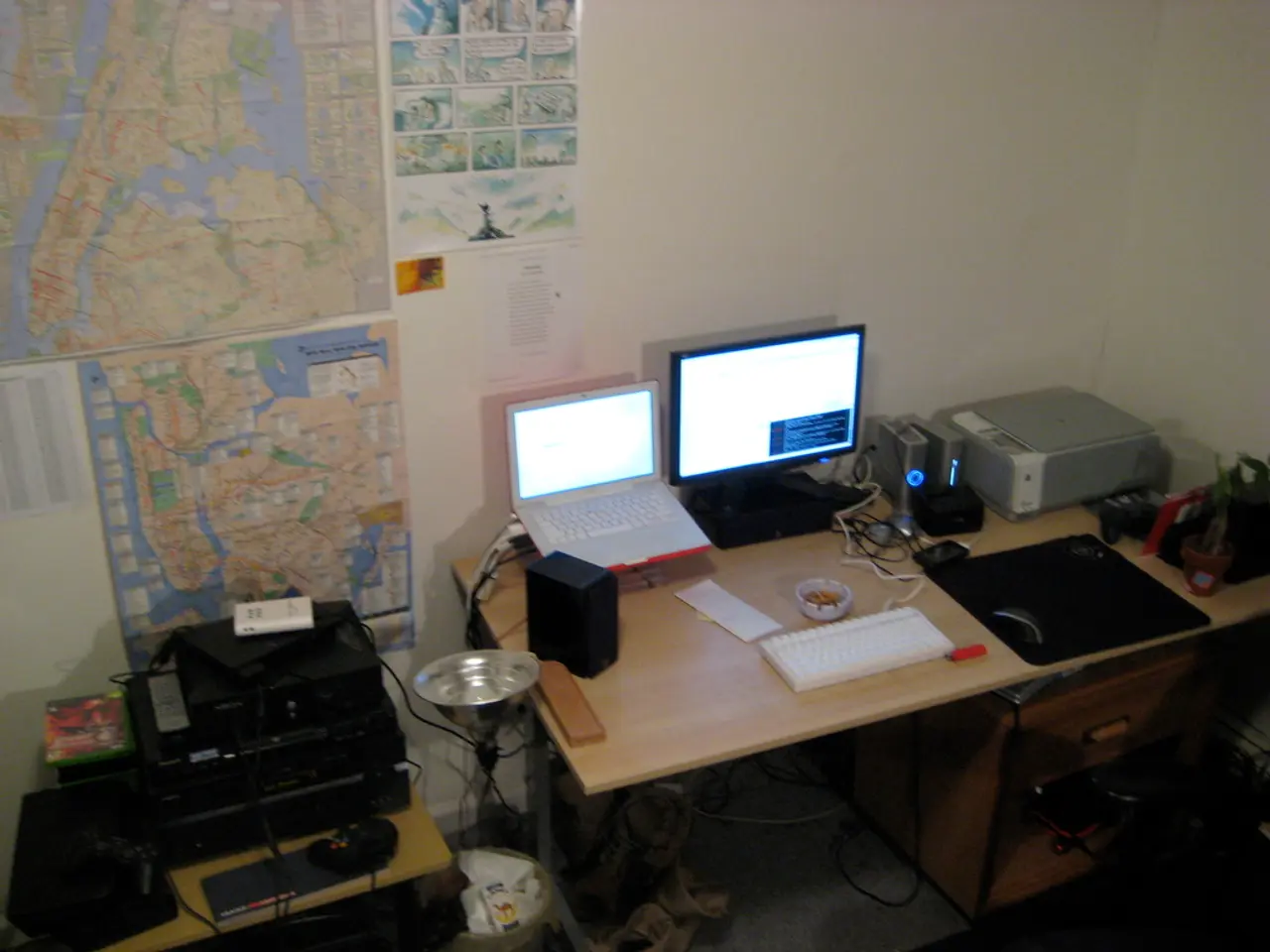Guidelines for Establishing a Bring Your Own Device (BYOD) Network at a University
In the rapidly evolving world of education, traditional learning methods are being replaced by innovative approaches that cater to the needs of the modern student. Advances in learning styles like adaptive and competency-based learning offer different content to students based on an interactive assessment of their understanding. This shift towards personalized learning is not only beneficial for students, but it also results in more virtual seats and more students learning, providing more financial support for higher education institutions.
The rise of mobile technology in colleges and universities is another significant trend. Students are demanding improved access to learning material through mobile devices, and this demand is being met with the increasing capacity of both classroom and online learning. WLAN solutions offer features that improve the availability, reliability, and coverage of wired and wireless campus LANs, making it easier for students to stay connected while on the move.
To accommodate the influx of mobile devices, higher education institutes must ensure they have enough bandwidth and scalability to evolve with each smart device user. Dual-band channels help reduce interference in crowded wireless zones, while a high-performance, high-availability wireless architecture can deliver virtualized and cloud-based services, including video-on-demand, e-learning apps, and student portals.
Gartner predicts that mobile data traffic will grow 59% in 2015, underscoring the importance of a high-speed and high-performing WLAN solution for keeping students engaged in learning. Andy Butcher, higher education evangelist at Extreme Networks, emphasizes this point, stating that such a solution is crucial for maintaining student engagement.
Understanding student usage through a smart network application analytics tool can inform higher education of the best ways to keep students connected while on the move for competitive advantage and success. This data can help institutions make informed decisions about their IT infrastructure, ensuring they can support the next generation of students' classrooms.
However, many current educational institutions' IT infrastructure is outdated, running on technology that was first created over 30 years ago. To address this issue, several education institutions plan to upgrade their IT infrastructure with high-performance WLAN solutions to support the increasing use of mobile devices in education. These upgrades often involve partnerships with experts in digital transformation of schools, ensuring stable networks for hybrid teaching and digital learning environments.
The WLAN solution must handle hundreds of simultaneous association requests without clogging the network and creating unacceptable delays. It must also include features to boost signal transmissions across roaming zones and within dense deployments. By implementing these solutions, higher education institutions can provide a seamless, engaging learning experience for students, both on and off campus.






